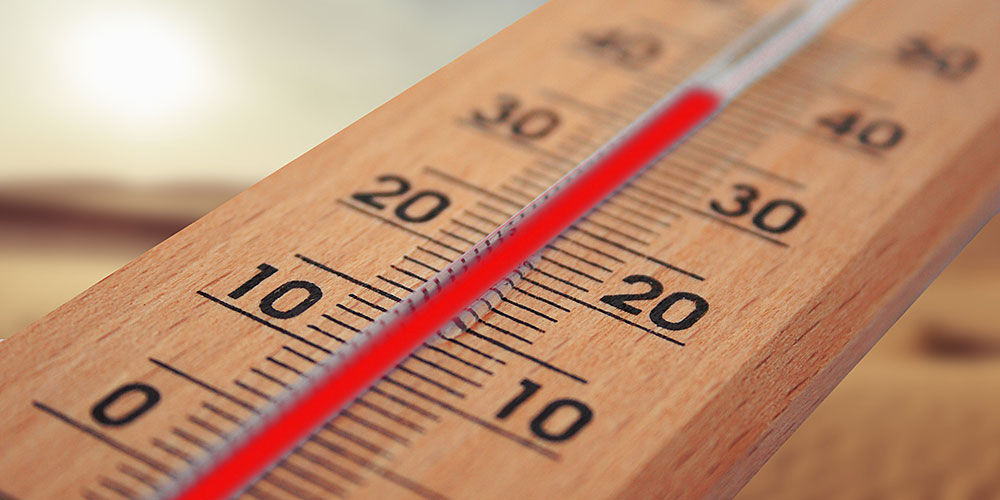Heatwaves increase emergency admissions to Swiss hospitals
The summer of 2015—the second hottest summer in Switzerland since 2003—caused more than 2,700 additional emergency admissions to Swiss hospitals. The most frequent causes were infectious diseases and diseases of the genitourinary system, as well as influenza and pneumonia. This is reported by researchers from the Swiss Tropical and Public Health Institute and the University of Basel in the journal Environmental Health.
15 August 2019
Numerous studies have shown that heat increases mortality rates. In Switzerland for example, the sweltering summer of 2015 caused around 800 additional deaths. However, only a few studies have investigated the effects of heatwaves on morbidity and hospital admissions. Researchers from Swiss TPH and the University of Basel conducted a detailed analysis of emergency hospital admissions in Switzerland during the three heatwaves between June and August 2015 in a study commissioned by the Federal Office for the Environment.
First heatwave of summer has the greatest impact
The study, published in the journal Environmental Health, reveals that the heatwave of 2015 resulted in over 2,700 additional emergency hospital admissions. The most vulnerable populations were the elderly and residents of Switzerland’s warmest regions: Ticino and Lake Geneva. “The data from this nd other studies reveal that the first heatwave of a summer has a pronounced impact on cases of death and disease,” said Martina Ragettli, main author of the study. “The effect is exacerbated if the heatwave takes place in early summer.”
The most common causes of the additional emergency hospital admissions were infectious diseases, diseases of the genitourinary system, diseases of the digestive system, as well as influenza and pneumonia. “These causes are surprising since it is cardiovascular and respiratory diseases which play leading roles in heat-related deaths,” said Ragettli. This indicates that the faster spread of viruses and bacteria at warmer temperatures may contribute to the number of hospital admissions.
The study used data on emergency admissions to Swiss hospitals between 2005 and 2015 provided by the Federal Statistical Office (Medical Statistics of Hospitals). Statistical methods were used to estimate how many emergency hospital admissions were to be expected in the summer of 2015. Excess emergency hospital admissions were then estimated for total causes and for different disease categories by comparing observed and expected cases.
Heat-health action plans prevent illness
The study authors recommend that the Swiss cantonal heat-health action plans be expanded in line with the study’s findings, including issuing advice on infectious and parasitic diseases. Studies in Switzerland show that cantonal heat-health action plans play an important role in preventing heat-related deaths during heatwaves. Even measures that are relatively easy to implement have a positive impact on the health of the population.
Main author Martina Ragettli summarises the key points:
Original source
Martina S. Ragettli, Ana M. Vicedo-Cabrera, Benjamin Flückiger, and Martin Röösli
Impact of the warm summer 2015 on emergency hospital admissions in Switzerland
Environmental Health (2019), doi: 10.1186/s12940-019-0507-1



